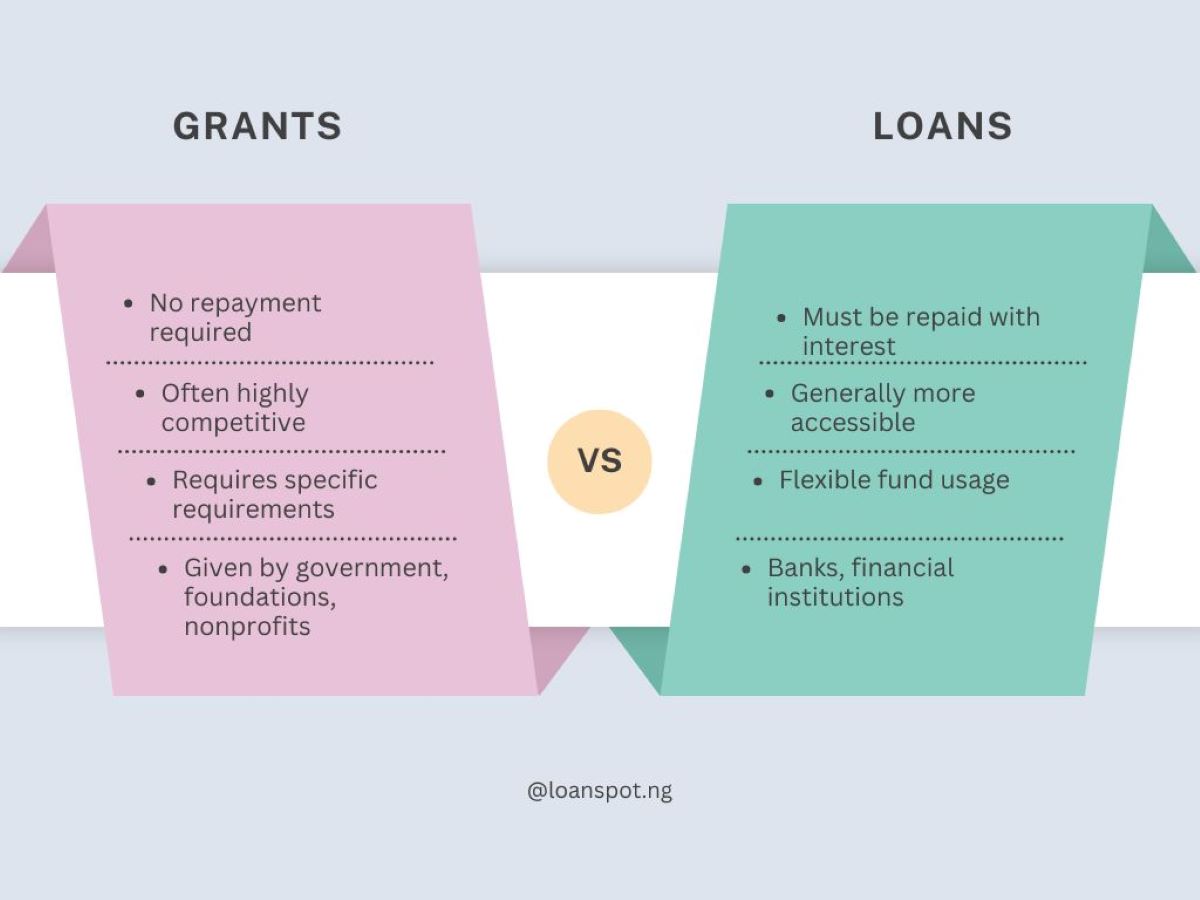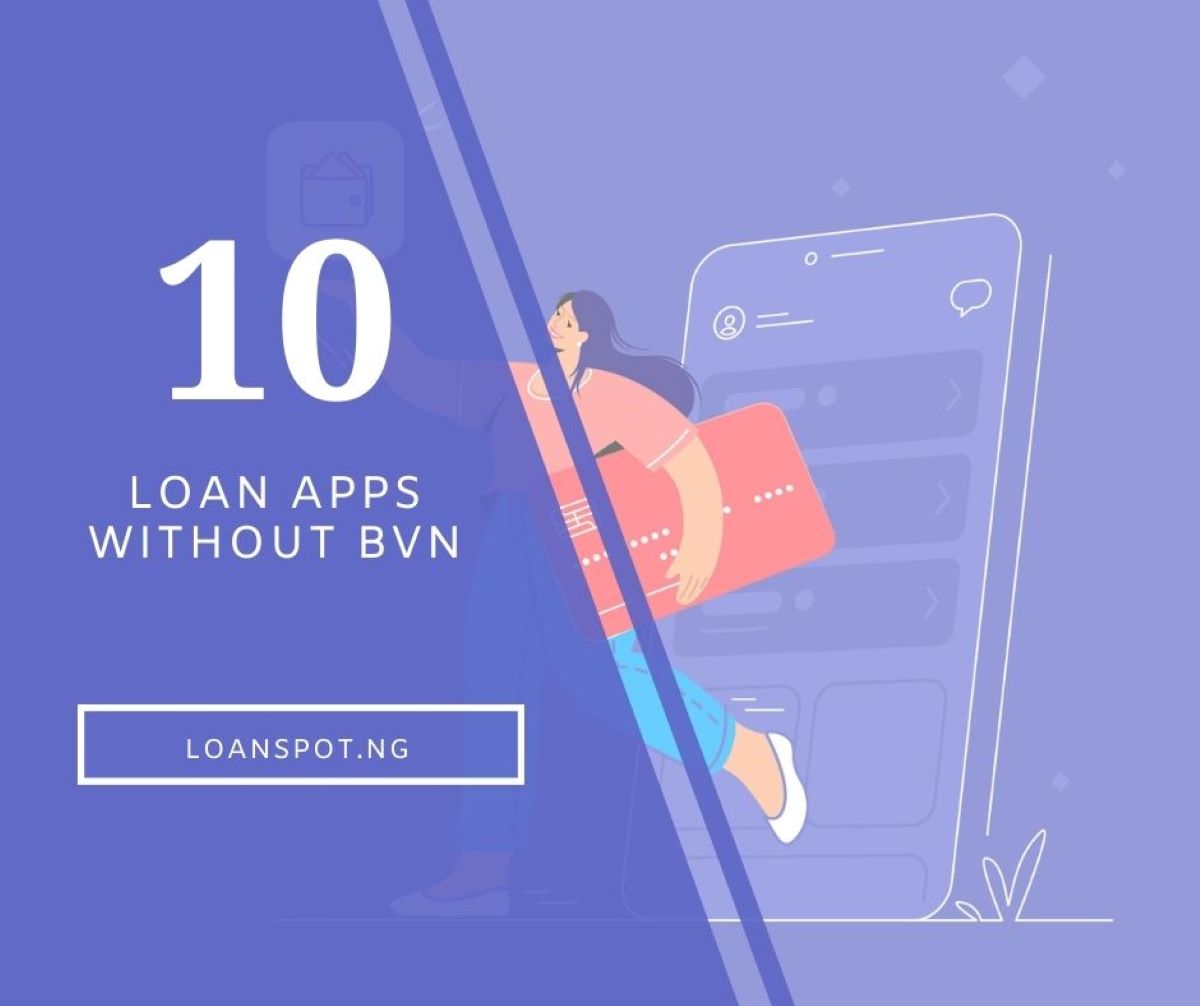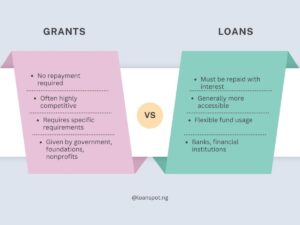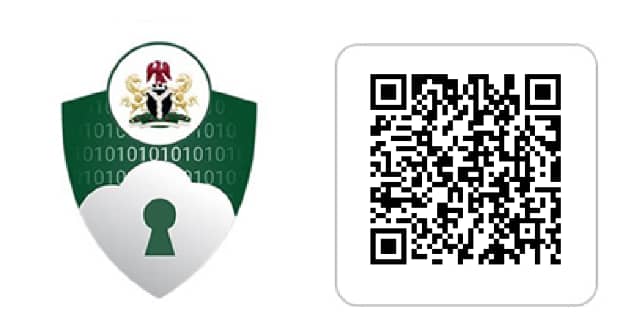Taking a loan does not stop at a personal or business level, because there are countries lacking financially too. This is especially true for medium to low income earning countries who cannot meet their international financial obligations.
In such situations, there are only so many financial corporations can do to help. This is why the IMF was created, and the IMF loan arm available to countries in need.

Why does the IMF Loan Exist?
The major threat faced by the international financial system is a country in financial crisis, who cannot pay its international bills. Having countries like this could in a short while, offset the international financial system. These countries are unable to earn enough on the capital market to maintain a safe level of reserves and also meet their international payment obligations.
IMF loans exist to help member countries tackle financial problems, stabilize their economies, and achieve a sustainable level of growth. The IMF is not a bank, therefore it does not finance projects. This is the duty of development banks and other agencies.
What are the conditions for obtaining an IMF loan?
There are no fixed conditions for obtaining an IMF loan. They set the conditions through a discussion between the government of the country and the IMF. However, a country is only considered when in any of the following categories:
- A near state of financial crisis
- Depleted international reserves
- Currency under attack in the foreign exchange markets
- Economic activity stagnant or falling
- A high number of firms and households going bankrupt.
On application (through a letter of intent), the IMF and the government agree on a set of policies aimed at attaining some specific goals and objectives. After approval, they release the loans in installments over the life of the program. They must achieve the set goals of each installment before they would release money for the next. IMF loans usually provide a certain percentage of the financial resources required by a country.
What are the IMF Loan major lending facilities?
Stand-By Arrangement (SBA): The IMF’s Stand-By Arrangement (SBA) has been the major lending facility for member countries since its inception in 1958. Although its rates are non-concessional, they are almost always lower than a country borrowing from raising finance through private markets. In 2009, they upgraded the SBA to accommodate more borrowing limit and a higher upfront fund. Its conditions were also simplified and streamlined.
Flexible Credit Line (FCL):
The FCL is for countries with adequate fundamentals, strong policies, and an excellent track record of policy implementation. Conditions are eased in the Flexible Credit Line, and there are no caps on the size of the credit line. They don’t phase or condition disbursements on certain policies.
Precautionary and Liquidity Line (PLL):
This facility provides finance to balance the payment needs of countries with existing sound policies. This finance could be to meet the actual or potential balance payment of the country. Also, they design it strictly for countries with sound policies.
Rapid Financing Instrument (RFI):
Just as the name implies, this provides rapid and low access financial support to member countries in need. It does this without the need for a full-fledged implementation or goal achievement program. This facility caters to needs including natural disasters, emergencies from fragility, commodity price shock, and post-conflict situations.
Extended Fund Facility:
The extended fund facility is used to help countries stabilize the payment difficulties related to structural problems. These problems usually take more time to correct compared to macroeconomic imbalances.
Trade Integration Mechanism:
Lastly, the trade integration mechanism is the facility through which the IMF provides loans to countries suffering from multilateral trade liberalization. This mostly affects developing countries and results from the decline from export earnings when it loses access to certain markets. It could also be as a result of food imports going up after removing agricultural subsidies.
Conclusion
IMF loan is a great alleviation scheme for countries in financial distress. It is most beneficial to low-income countries, offering debt relief, as well as a way to repair the damage. Encouragingly, IMF loans are a sign that a country’s economic policies are in place, and it reassures officials of the community and investors. This helps the country find additional financing from external sources. You can learn when and how to get IMF loans in the article written here.







